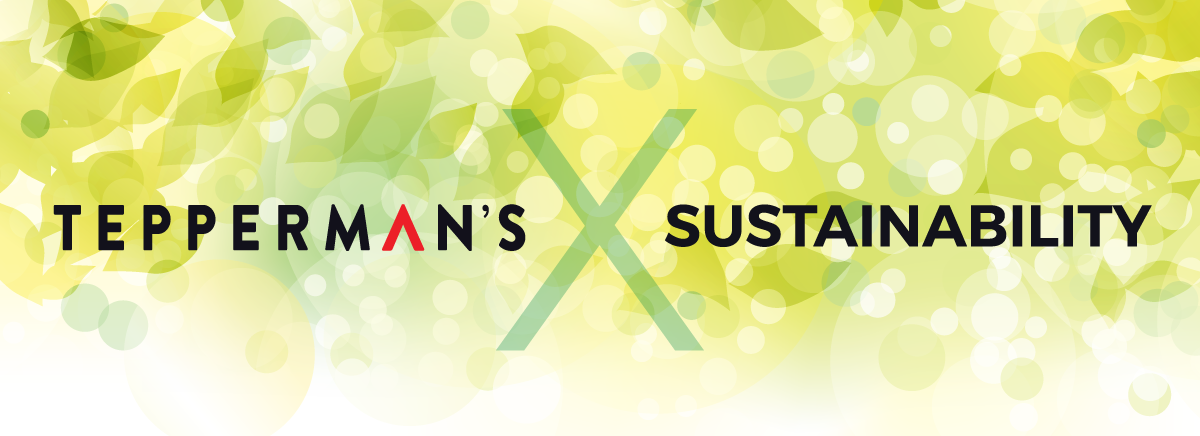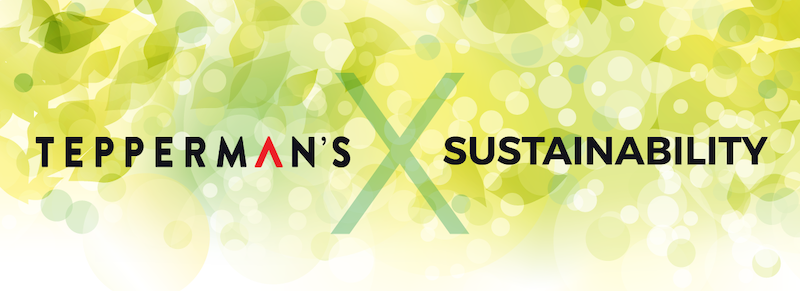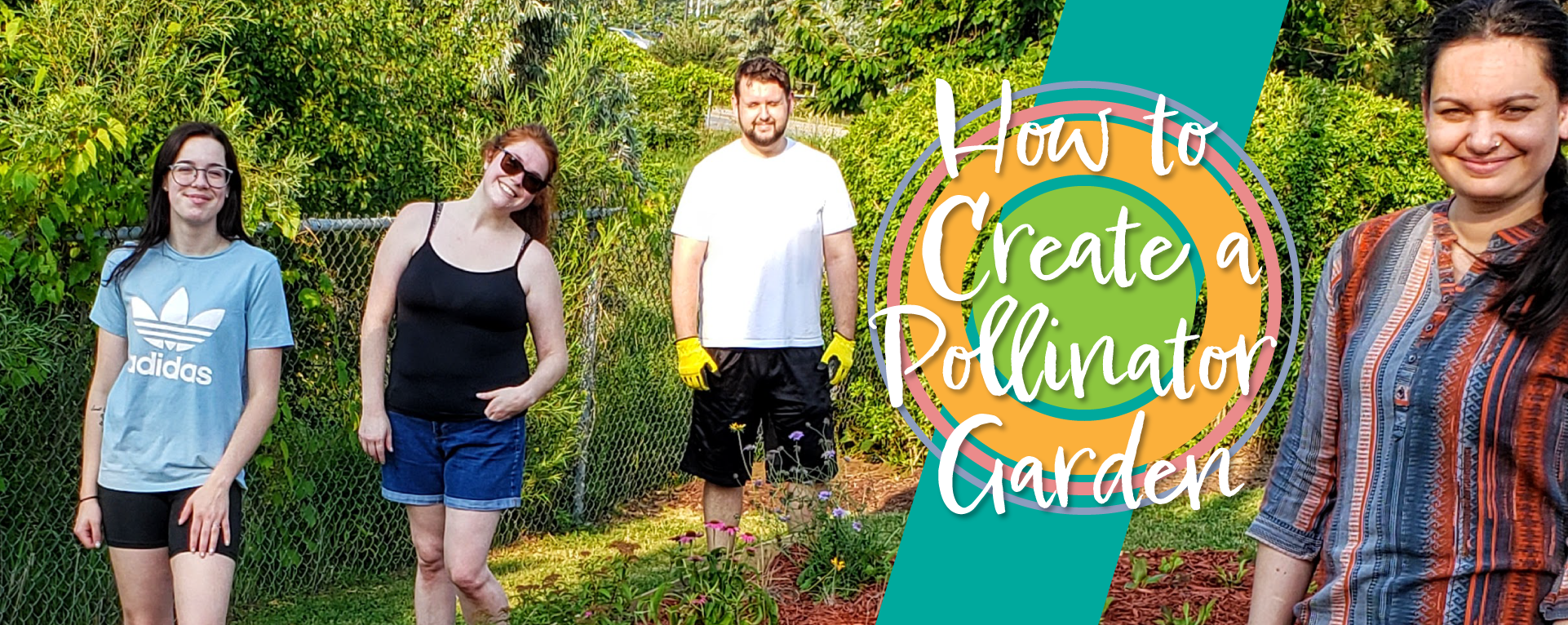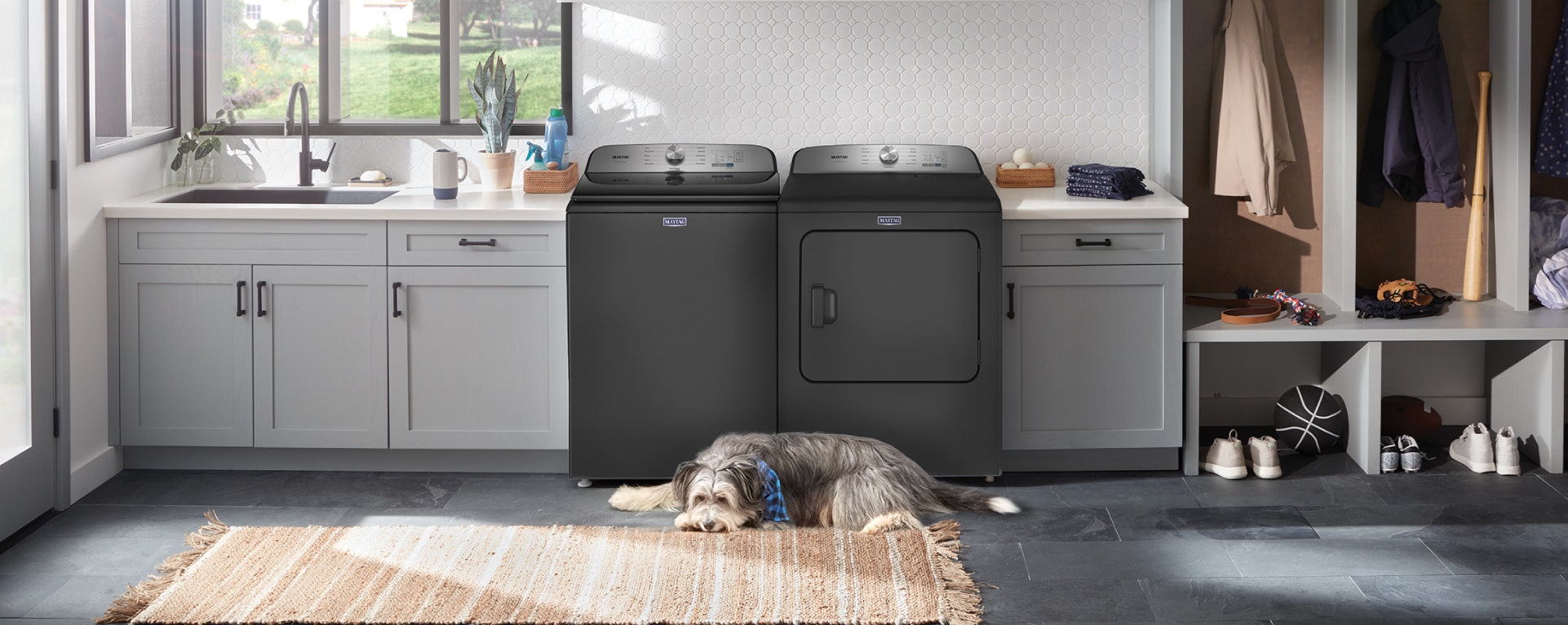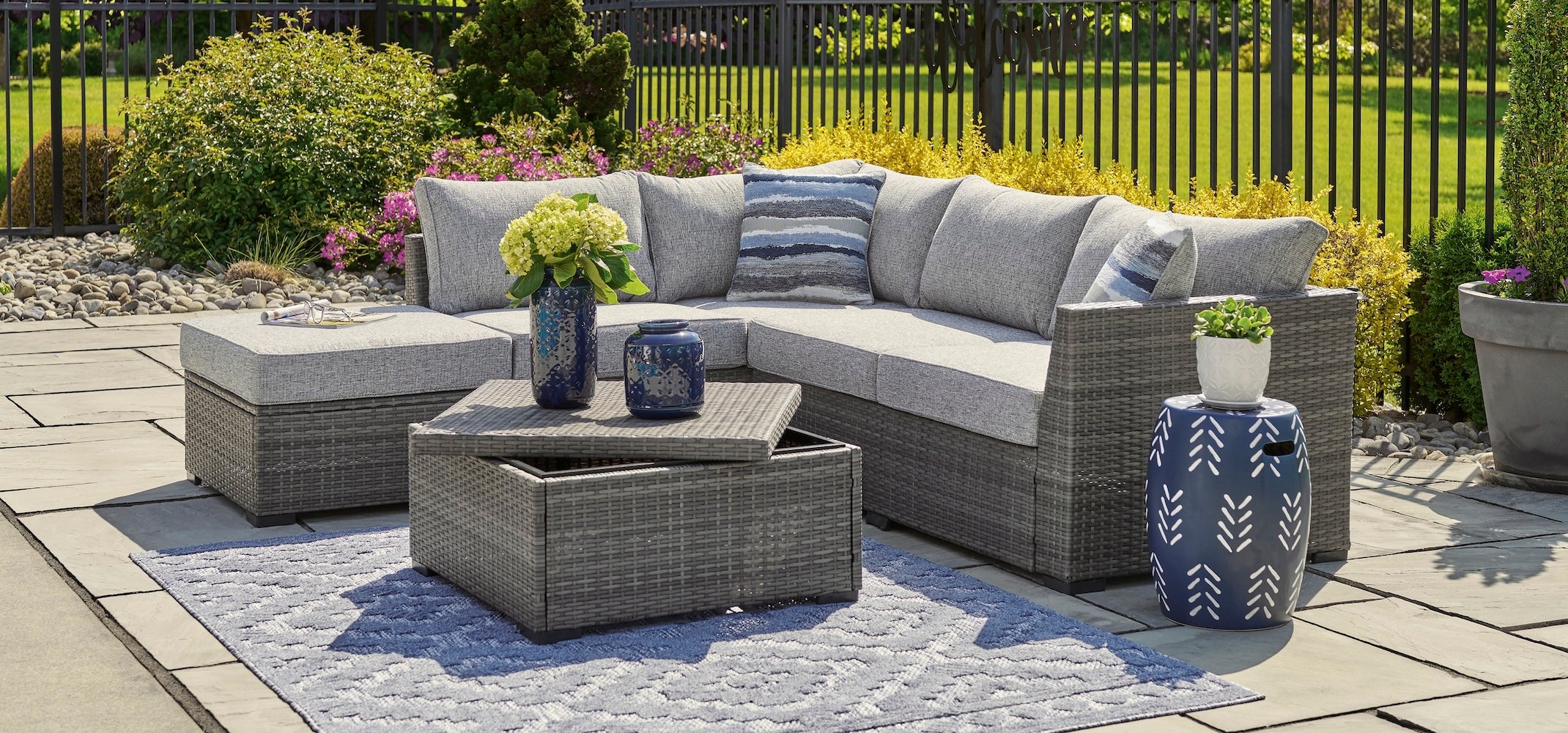by Tepperman's Staff
The world’s food supply depends on pollinators like birds, bats, bees, butterflies, beetles, and other insects and small mammals to pollinate flower plants so they can reproduce. By pollinating plants, these creatures play an essential role in maintaining healthy ecosystems and ensuring that we have food to harvest and eat.
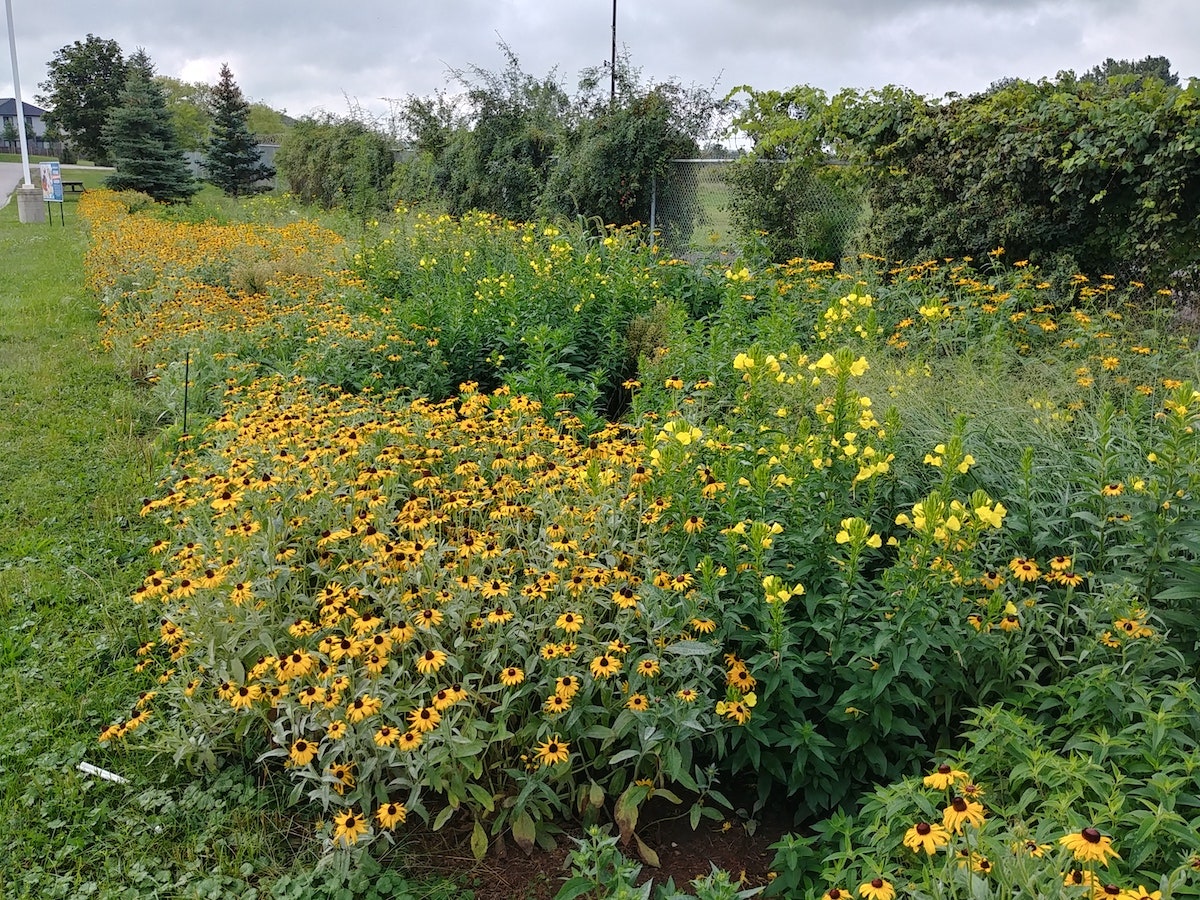
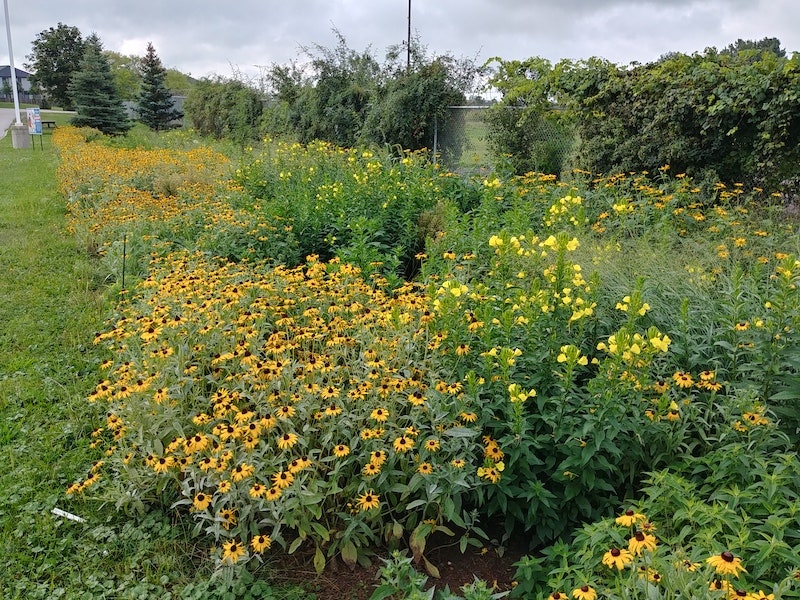
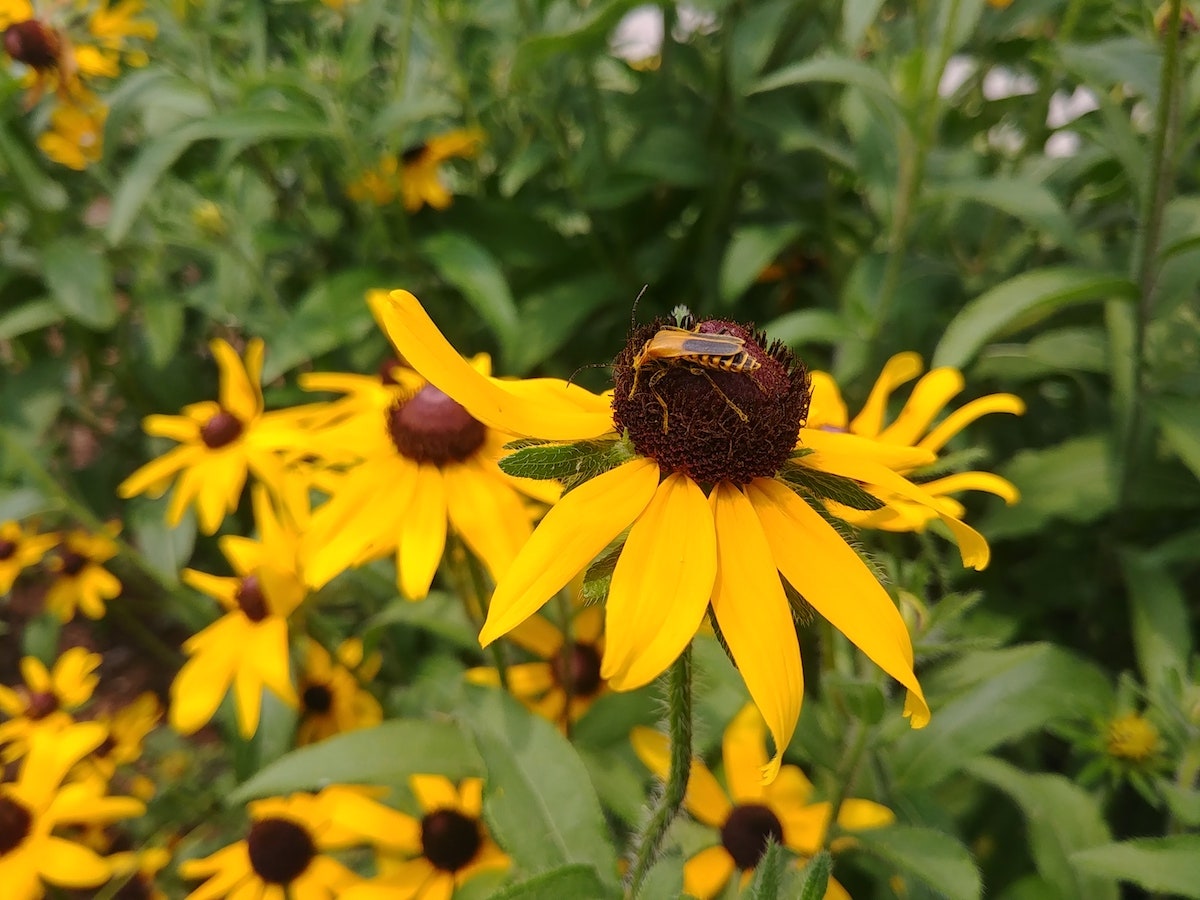
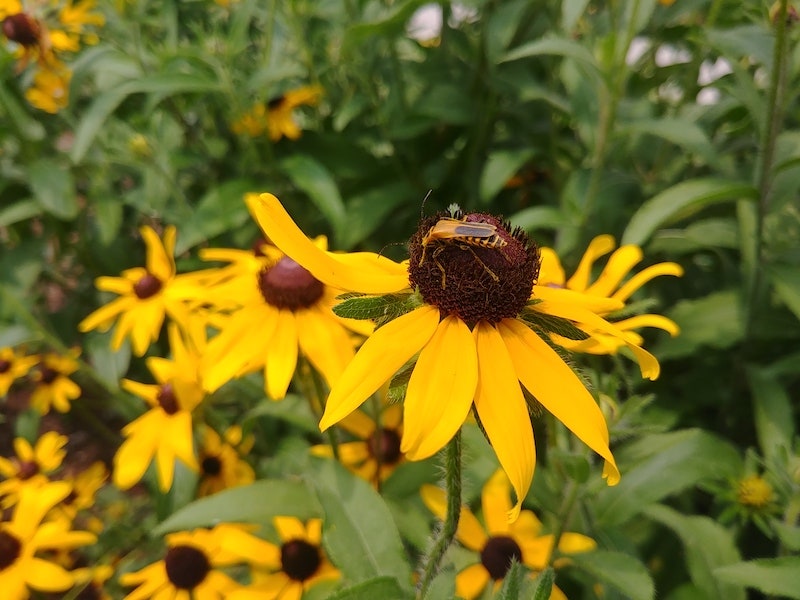
Sadly, pollinators are on the decline due many factors including lack of habitat, disease, pollution, pesticides, and native and invasive species.
At Tepperman's, we want to do our part to increase our positive footprint on the environment. In 2020 we began the creation of a large 2500 sq. ft. pollinator garden at our London location. Fast forward almost two years and we are in the process of expanding our London, ON garden and creating 150 sq. ft. gardens at both our Windsor and Ancaster locations.
These gardens are just one of the many ways we are working to follow through on our commitment to creating a healthier environmental future. We believe in successful, sustainable business practices that value the importance of preserving vital species and positively impacting our environment.
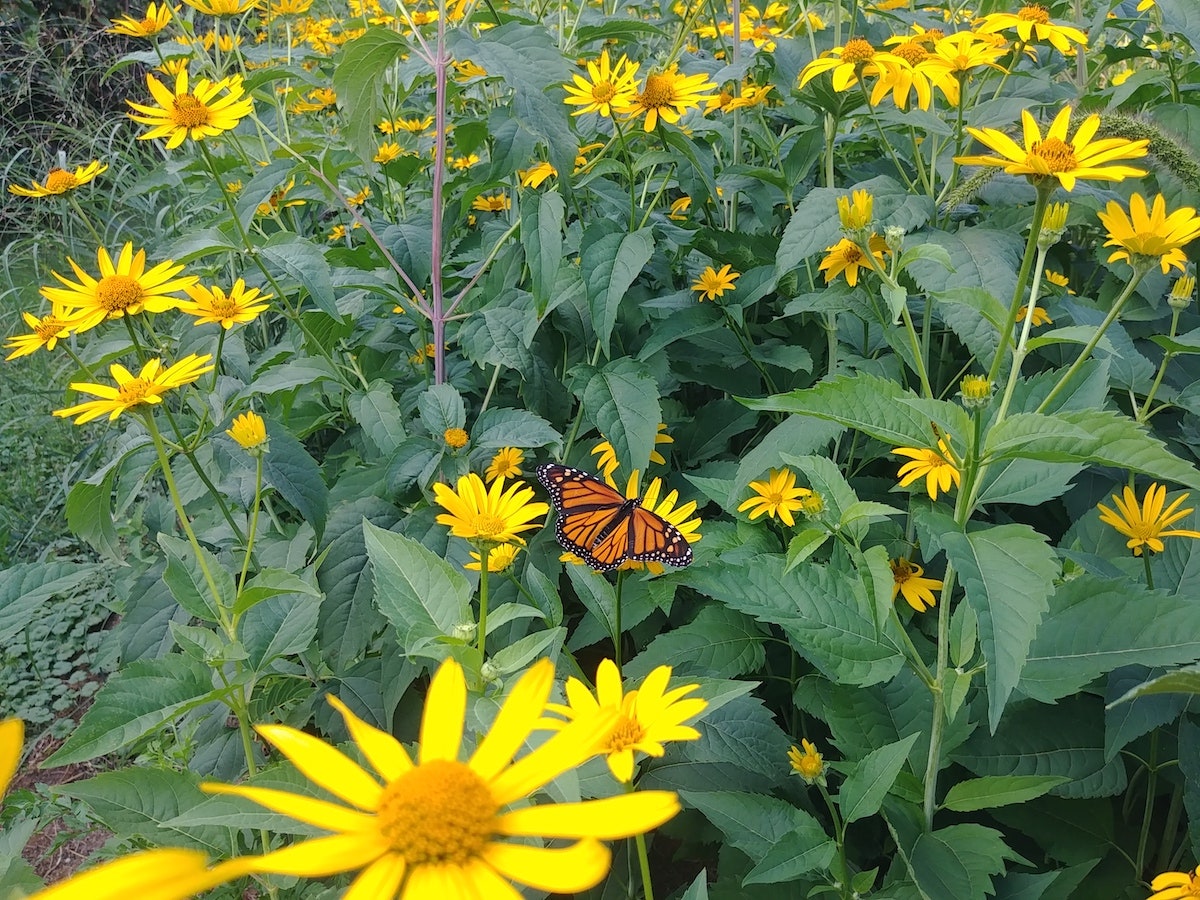
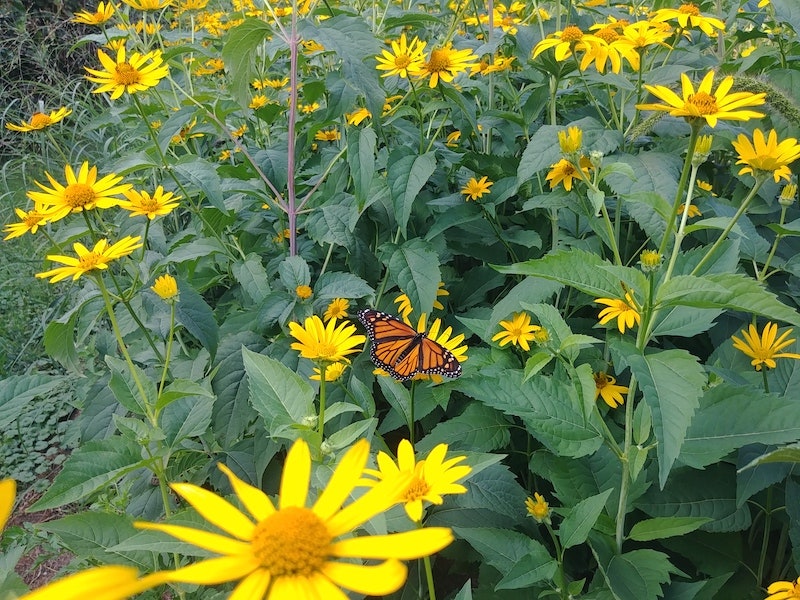
What is a pollinator garden?
A pollinator garden is planted and designed with specific nectar and pollen producing plants in mind. The goal is to provide pollinating insects such as bees, butterflies, bats, hummingbirds, beetles, and moths with a healthy environment to thrive.
Why are pollinators important?
According to pollinator.org, somewhere between 75% and 95% of the world's crops need help with pollination. Providing pollination services to more than 1200 crops worldwide, we can thank these small animals and insects for strawberries, grapefruit, coffee, peppermint, tomatoes, chocolate, tequila, pumpkins, and many more of our familiar favourites. In addition to food security, bees and other pollinators ensure vibrant ecosystems for themselves, plants, and humans. That means clean air, stabilized soils, protection from severe weather, and support for other wildlife.
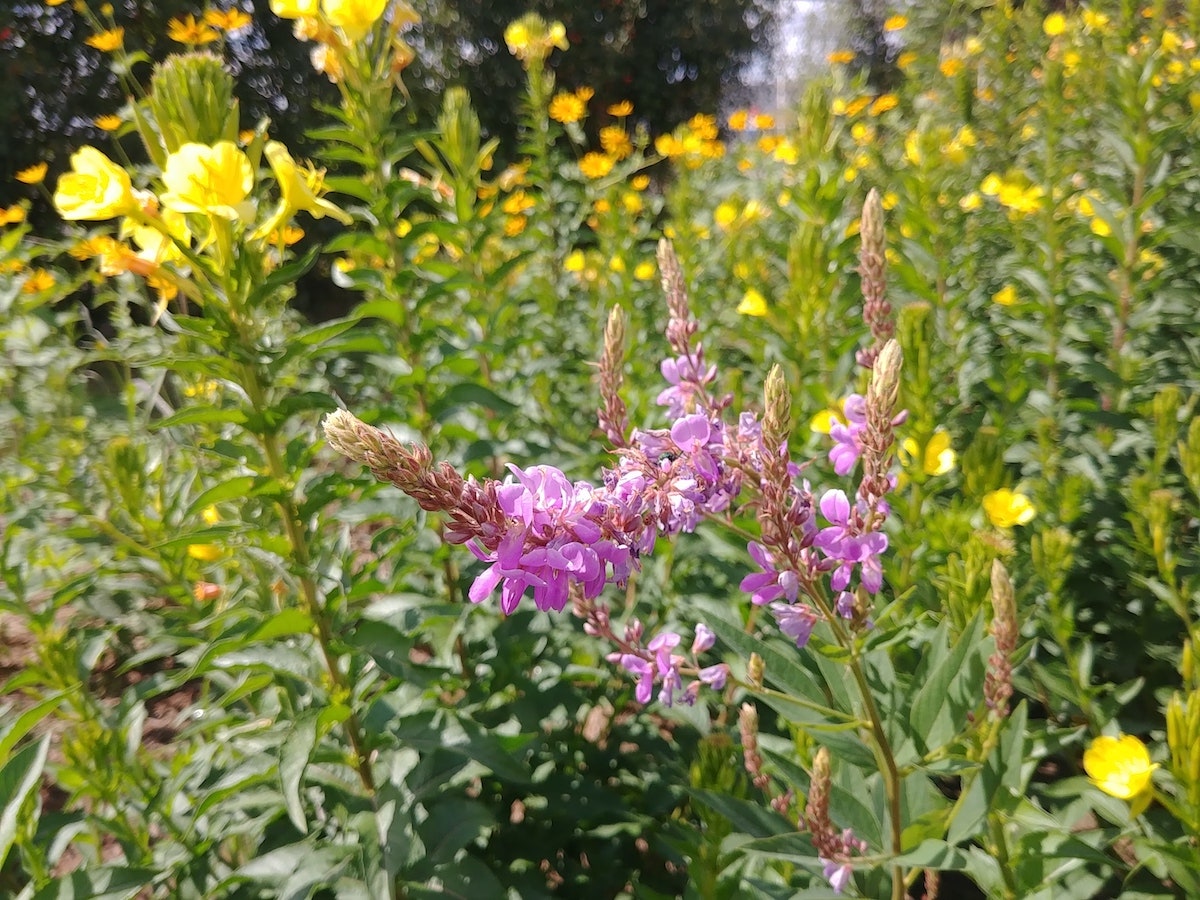
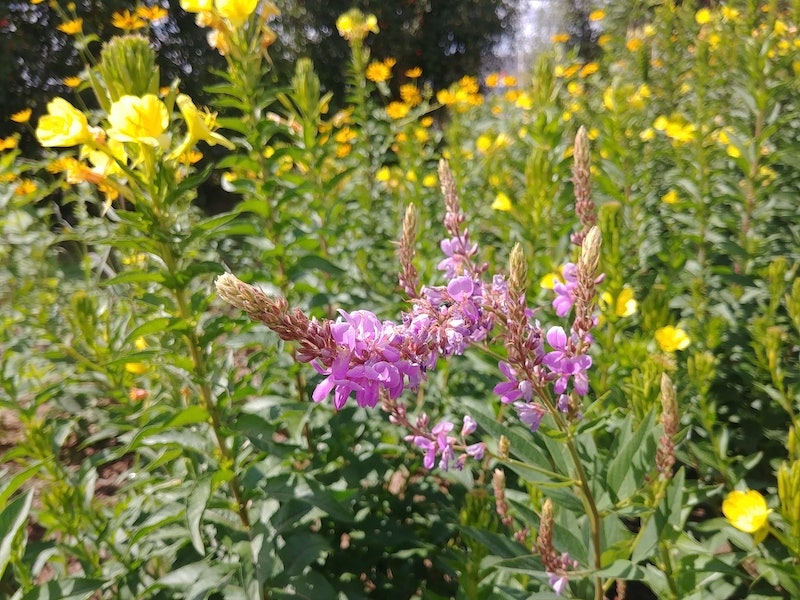
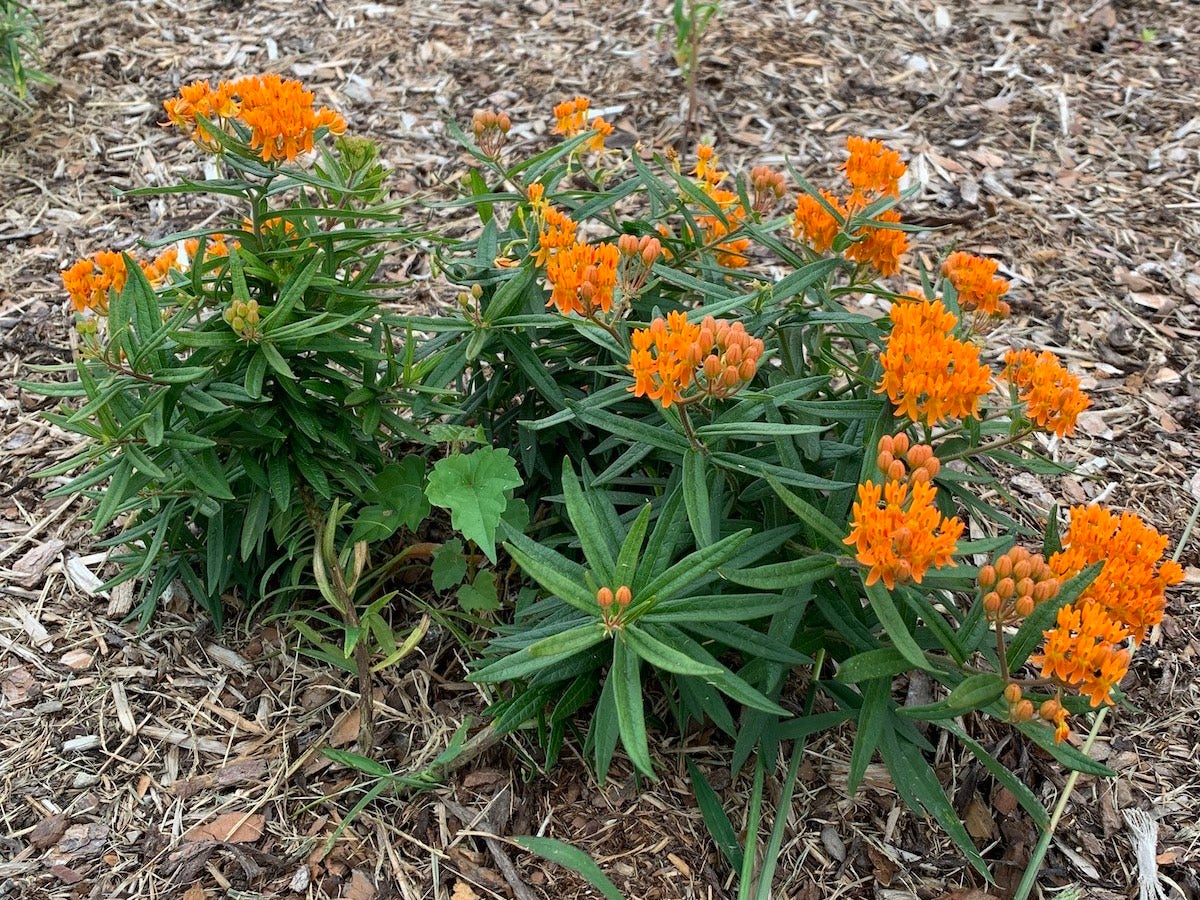
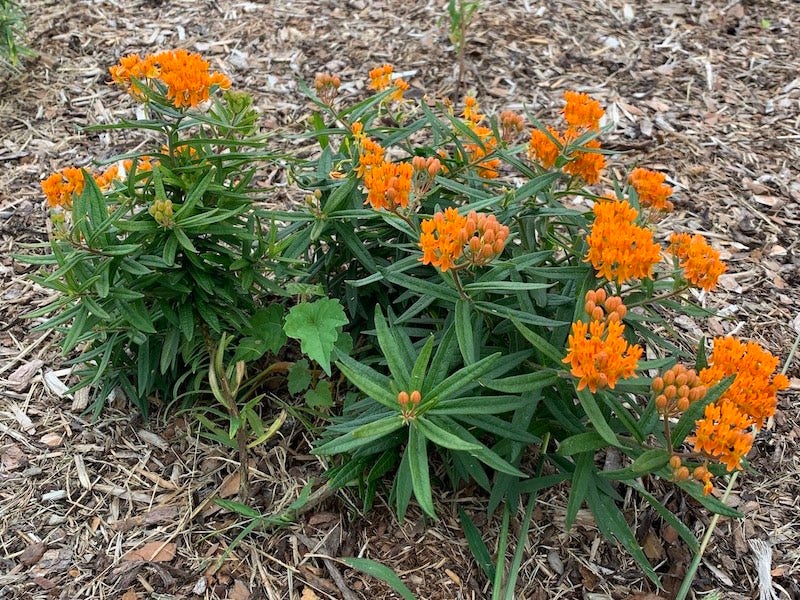
How can I help support pollinators?
Create your own pollinator garden at home! Whether it’s on your balcony, front yard, or backyard patio, pollinators will appreciate a garden of any size. Below are a few tips to get started and a list of flowers and plants to consider:
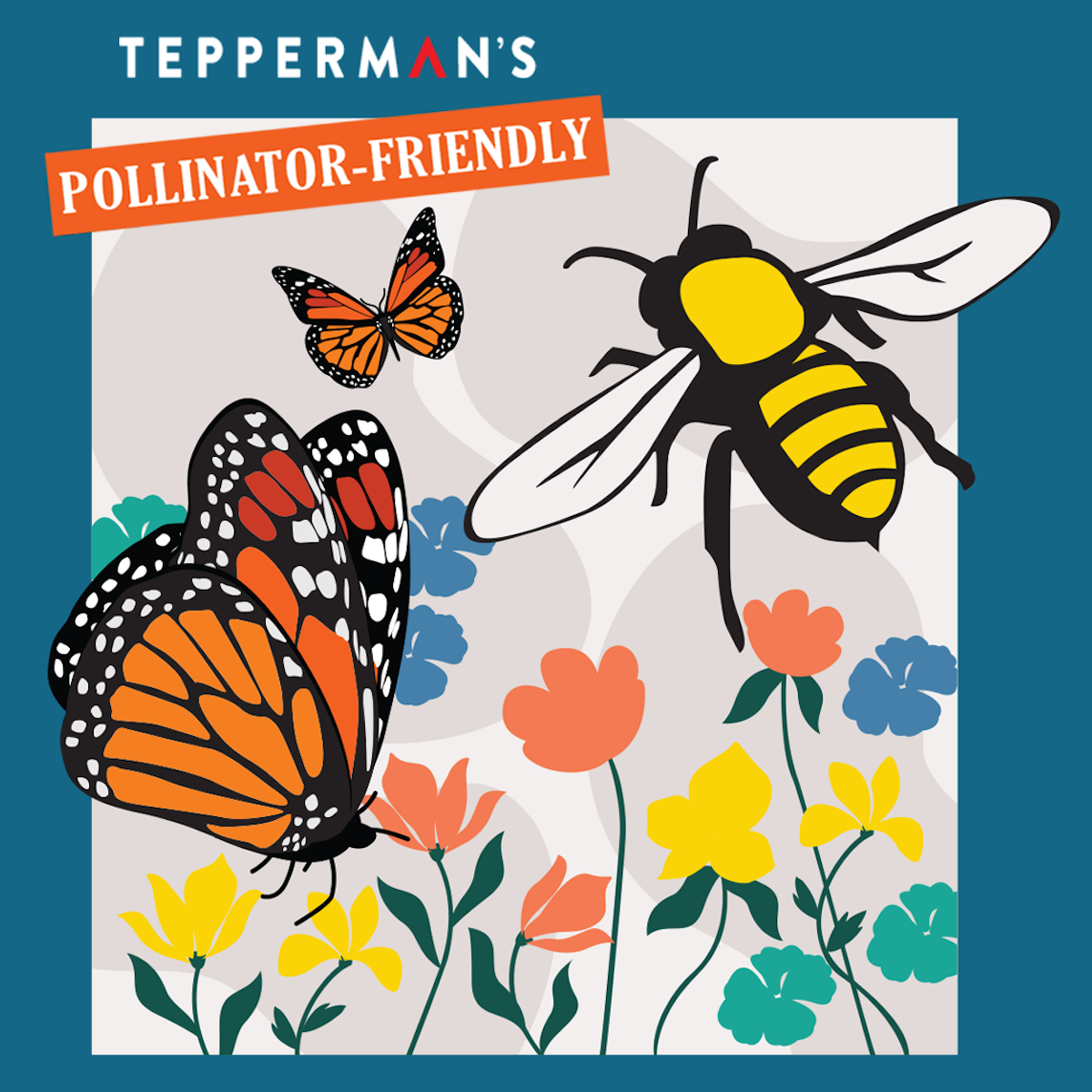

Tip 1.
Choose native plant.
Tip 2.
Choose nectar- and pollen-rich flowers with a variety of shapes to attract diverse types of pollinators.
Tip 3.
Use a mix of plants which flower at different times of the year so you have blooms all season.
Tip 4.
Go organic - Avoid using pesticides and herbicides.
Native Ontario Pollinator Plants
(Note: these are plants we have included in our gardens)
| COMMON NAME | SPECIES NAME | TYPE | BLOOMING |
| Big Bluestem | Andropogon Gerardii | Grass | Fall |
| Virgina Wild Rye | Elymus Virginicus | Grass | Spring |
| Switchgrass | Panicum Virgatum | Grass | Fall |
| Little Bluestem | Schizachyrium Scoparium | Grass | Summer, Fall |
| Sullivant's Milkweed | Asclepias Sullivanti | Wild Flower | Summer |
| Butterfly Milkweed | Asclepias Tuberosa | Wild Flower | Spring, Summer |
| Tall Sunflower | Helianthus Giganteus | Wild Flower | Summer |
| Sweet Ox-Eye | Heliopsis Helianthoides | Wild Flower | Summer |
| Round Headed Bushclover | Lespedeza Capitata | Wild Flower | Summer |
| Rough Blazingstar | Liatris Aspera | Wild Flower | Summer |
| Wild Bergamot | Monarda Fistulosa | Wild Flower | Spring, Summer |
| Primrose | Oenothera Biennis | Wild Flower | Summer |
| Smooth Beardtongue | Penstemon Digitalis | Wild Flower | Spring |
| Hairy Beardtongue | Penstemon Hirsutus | Wild Flower | Spring |
| Virginia Mountain Mint | Pycnanthemum Virginianum | Wild Flower | Summer |
| Grey Headed Conflower | Ratibida Pinnata | Wild Flower | Spring, Summer |
| Black-Eye Susan | Rudbeckia Hirta | Wild Flower | Summer, Fall |
| Cup Plant | Silphium Perfoliatum | Wild Flower | Summer |
| Stiff Goldenrod | Solidago Rigida | Wild Flower | Summer, Fall |
| Ninebark | Physocarpus Opulifolius | Shrub | Summer |
| Fragrant Sumac | Rhus Aromatica | Shrub | Spring |
| Highbush Cranberry | Viburnum Trilobum | Shrub | Spring |
At Tepperman’s, we believe in sustainable business practices that preserve and positively impact our environment. You can learn more about sustainability at Tepperman’s by visiting our sustainability page or by reviewing our most recent sustainability report.
